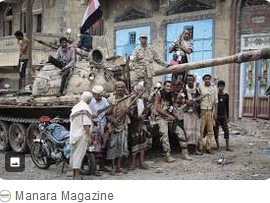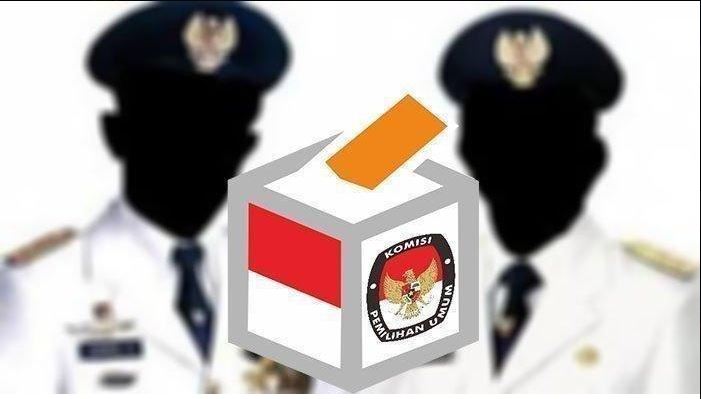
Yemen Conflict
STRATEGIC ASSESSMENT. The China-brokered rapprochement between Saudi Arabia and Iran in March raised hopes in the international community that a solution to the nearly decade-long civil war in Yemen might be at hand. The two big Gulf powers are the main backers of the warring sides in Yemen; Iran supports the Zaidi Shia Houthi movement that controls Sanaa and much of central-northern Yemen, while Riyadh backs the ousted Republic of Yemen Government and its allies in control in the south. Iran’s seeming willingness to advance a settlement of the conflict constituted a key incentive for Saudi Arabia to try to ease tensions with its key regional adversary after a seven-year break in diplomatic relations. Among the key outcomes of the rapprochement agreement, unveiled in Beijing, was a reported pledge by the Islamic Republic to stop shipping weapons to the Houthis, including components for short-range ballistic missiles and armed drones that the Houthis have used against airports, military infrastructure, and other targets in Saudi Arabia. Whether Iran has held to this pledge has been contested by U.S. officials. In January 2022, the Houthis also attacked targets at the main airport in Abu Dhabi, triggering defensive action by the U.S.-supplied Terminal High Altitude Area Defense (THAAD) battery in the UAE. The March diplomatic deal with Tehran gave Saudi Arabia and the UAE confidence that the missile and drone attacks, which largely ceased in concert with an April 2022 Houthi-Yemen government ceasefire agreement, would not resume. A cessation of the Houthi attacks has enabled the Kingdom to pivot toward domestic issues, including pursuing the economic diversification program termed Vision 2030.
Yet, the high expectations of the international community that the Iran-Saudi rapprochement would produce a dramatic and rapid breakthrough in ongoing U.N.-led and parallel negotiating channels have not been realized. Meetings in April in Houthi-controlled Sanaa between the Saudi ambassador to Yemen and Houthi representatives – meetings brokered by and with the participation of Oman – seemed to try to build on the Saudi-Iran rapprochement by reinstating the Yemen ceasefire. The Sanaa meetings did produce the release of almost 900 detainees from all sides of the conflict, but even the modest step of formally reinstating the ceasefire was not announced. Separately, international diplomats and relief organizations have noted greater availability of goods, international flights, and other humanitarian benefits over the past year. But, during his early June visit to Riyadh, U.S. Secretary of State Antony Blinken met with the leader of the Saudi-backed Presidential Leadership Council (PLC, nominally heading the Republic of Yemen Government that controls southern Yemen), Rashad al-Alimi, and seemed to blame the Houthis for continuing humanitarian difficulties. Blinken “express[ed] concern with Houthi actions that are cutting off Yemenis from much-needed resources, including efforts to impede the flow of goods inside of Yemen.”
Recent multilateral diplomacy has thus far failed to yield clear, demonstrable movement toward a permanent solution for Yemen, even though both Saudi Arabia and the UAE have signaled that they would be willing to accept a settlement they might have rejected a few years ago. The Saudis do not want Yemen under the control of Iran or Iranian allies, but the Kingdom has largely come to accept limitations to what it can achieve militarily in Yemen. The PLC is widely assessed by experts as willing to share oil and other resources with the Houthis as part of a settlement. However, other domestic factors – having little to do with either Iran, Saudi Arabia, the UAE, or other outside actors – may prove significant obstacles to a solution. There is substantial disunity in southern Yemen between the Southern Transitional Council (STC), backed by the UAE, which supports a separate south Yemen, and the PLC, which supports a unified Yemen. Neither the PLC nor the STC were present at the April meetings in Sanaa between Saudi diplomats and Houthi representatives, fueling the grievance for some that the southern Yemen point of view is being dismissed. Nor is there consensus within Yemen about the basic structure for the post-war period. Many experts assess that there is growing public support in Yemen for another partition of the country into a north and a south, although others maintain that there is a large reservoir of support to keep the country unified. Authorities in southern Yemen are also wrestling with a terrorist threat from Al Qaeda in the Arabian Peninsula (AQAP). Clashes in early June between suspected AQAP militants and pro-government forces resulted in the deaths of two Yemeni soldiers in the country’s oil-rich southern province of Shabwa. Tim Lenderking, the U.S. Special Envoy for Yemen, summarized the complex factors frustrating the international community by saying in May: “Saudi-Iran agreement alone will not bring peace to Yemen.”
Another complication to ending the Yemen war is widespread mistrust of the goals and intentions of the Houthis and their backers in Tehran. Some see the Houthis as “pragmatic actors” that do not necessarily seek control of all of Yemen and would be content to control a northern Yemen that is not attacked by outside powers. The Houthis were not politically close to Iranian leaders before the outbreak of major conflict in 2014; Tehran took a greater interest in the Houthis only after they expelled the Yemen government from Sanaa, assessing them as an instrument with which to pressure Saudi Arabia, the UAE, and other Gulf states. However, it is not clear that either the Houthis or Iran has given up on the possibility of gaining control over all of Yemen militarily. Some experts assess that the Houthis believe they have a significant chance to win control of Yemen militarily if the Saudi and Emirati forces can be negotiated out of Yemen. Corroborating this view, U.S. officials assert Iran has not fulfilled its pledge to Saudi Arabia to cease arming the Houthis. U.S. special envoy Lenderking told journalists on May 11 that the United States has not seen a change in Iran’s operations in Yemen since the March rapprochement with Saudi Arabia. He is quoted as saying: “The Iranians have continued to smuggle weaponry and narcotics toward the conflict, and [U.S. officials] are very concerned that this would continue despite the benefits that could come from a Saudi-Iran deal.” The continued Iranian shipments to the Houthis add one more file to a growing list of concerns expressed by Washington about Iran’s intentions and behavior – a list that includes expansion of Iran’s nuclear program, its shipments of armed drones to Russia for use against Ukraine, its repression of Iranian demonstrators and civil society activists, and its arming of numerous regional armed factions that sometimes attack U.S. forces in the region. Yet, beyond seizing Iranian weapons shipments to Yemen when deliveries are discovered, U.S. leaders have not articulated a U.S. policy to reduce Iran’s potential to frustrate a solution to the Yemen conflict.








